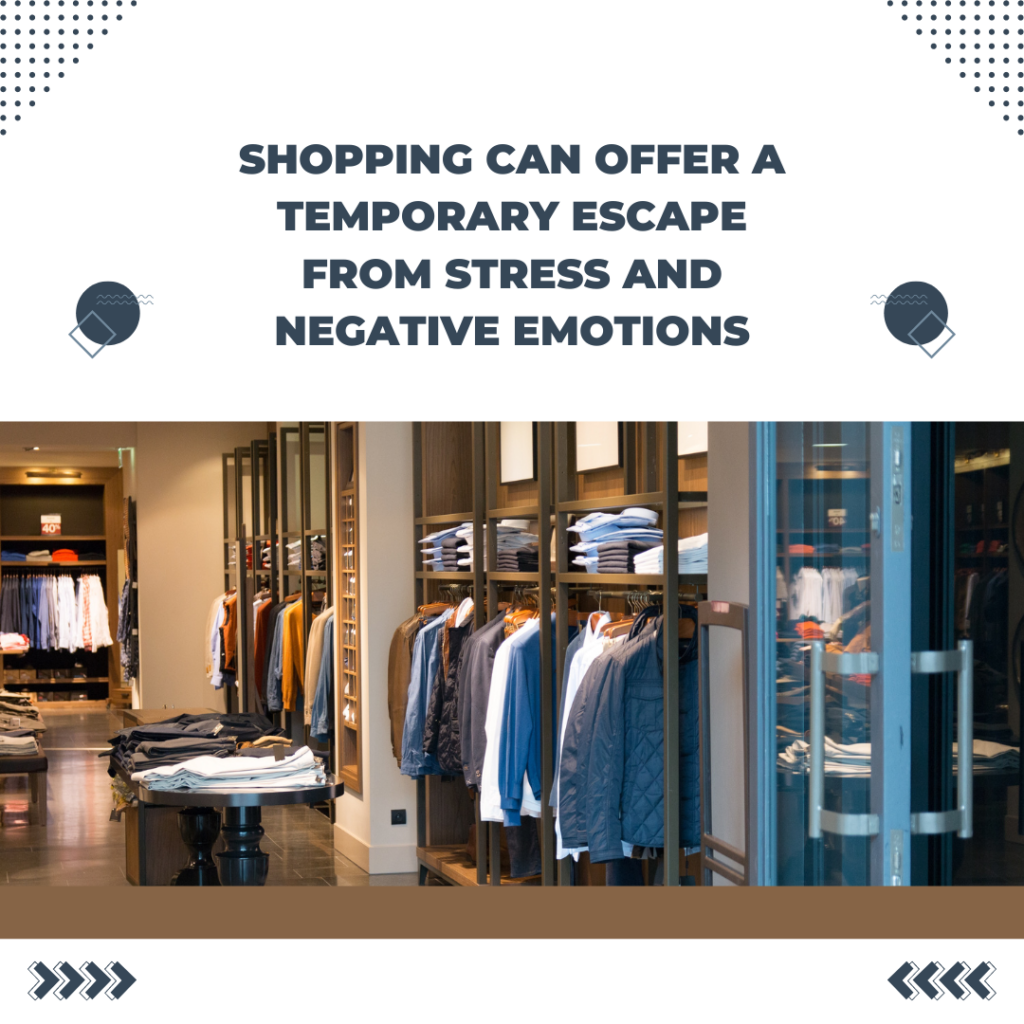
Retail therapy—the idea of shopping to lift one’s spirits—has become a popular coping mechanism for many individuals in today’s consumer-driven society. It is often portrayed as a harmless or even beneficial way to alleviate stress, sadness, or anxiety. People may indulge in buying new clothes, gadgets, or home decor as a quick fix for emotional turmoil. However, while the occasional shopping spree might provide temporary relief, the long-term effects of retail therapy can lead to more serious emotional, financial, and psychological consequences.
The Illusion of Happiness
At the heart of retail therapy is the belief that material goods can bring happiness or comfort in moments of distress. When people feel emotionally low, buying something new can offer an immediate dopamine hit—the brain’s way of rewarding pleasurable behavior. This quick fix is seductive because it provides a brief sense of accomplishment or satisfaction.
However, the problem with retail therapy lies in its temporary nature. While the initial purchase may bring a momentary high, the emotional benefits quickly fade, often leaving the shopper feeling worse than before. This fleeting relief leads many people to shop repeatedly, hoping to regain that sense of satisfaction. Unfortunately, this cycle can quickly become addictive and counterproductive, as the underlying emotional issues remain unresolved.
Emotional Shopping and Guilt
Retail therapy also carries the risk of guilt and regret. Many people feel a rush of excitement while shopping but experience feelings of guilt or shame once the reality of their spending habits sets in. Buyers’ remorse, especially for expensive or unnecessary items, can amplify negative emotions rather than relieve them. This emotional rollercoaster can make individuals feel trapped in a cycle of spending and self-loathing, exacerbating their original emotional distress.
Moreover, for individuals already struggling with anxiety or depression, engaging in compulsive shopping can deepen their emotional struggles. Rather than addressing the root cause of their emotional pain, they divert attention away from it by focusing on acquiring material goods. Over time, this avoidance of confronting emotional problems can worsen mental health.
Financial Stress and Emotional Burden
One of the most significant downsides of retail therapy is its impact on financial health. Emotional spending often leads people to buy things they do not need or cannot afford, resulting in debt or financial insecurity. The stress of mounting bills or depleted savings can worsen emotional well-being, creating a vicious cycle of stress, shopping, and financial strain.
For many, financial instability is a significant source of anxiety and depression. When emotional shopping leads to overspending, it can compound existing financial concerns, adding another layer of stress to an already difficult emotional landscape. This is especially true for individuals who struggle to manage their finances or who shop impulsively without considering long-term financial consequences.
Breaking the Cycle
Breaking free from the cycle of retail therapy requires self-awareness and healthier coping mechanisms. Instead of turning to shopping as a way to deal with emotions, individuals can benefit from exploring more constructive outlets for stress relief, such as exercise, mindfulness practices, or seeking professional therapy. Identifying emotional triggers and learning to process feelings without relying on material distractions is essential for emotional well-being.
In conclusion, while retail therapy may seem like a harmless way to lift one’s spirits, its dark side cannot be ignored. Emotional shopping often leads to guilt, financial problems, and worsening emotional distress. Recognizing the risks of retail therapy and finding healthier ways to cope with emotions can help individuals avoid the negative consequences of compulsive shopping and foster genuine emotional healing.



 Besides visual stimulation, shopping can give you another type of escape. With that, go on a hunt for the perfect item, which can make shopping a real adventure. For example, if you are searching for a home décor item, give yourself a challenge to find something unique and inspiring. Remember to look not only for the item that meets your criteria, but consider the feeling or emotion you get when looking at a particular item. This type of shopping can provide another type of satisfaction when you bring home the item that not only meets your needs, but also makes you feel like you’ve accomplished something.
Besides visual stimulation, shopping can give you another type of escape. With that, go on a hunt for the perfect item, which can make shopping a real adventure. For example, if you are searching for a home décor item, give yourself a challenge to find something unique and inspiring. Remember to look not only for the item that meets your criteria, but consider the feeling or emotion you get when looking at a particular item. This type of shopping can provide another type of satisfaction when you bring home the item that not only meets your needs, but also makes you feel like you’ve accomplished something.

